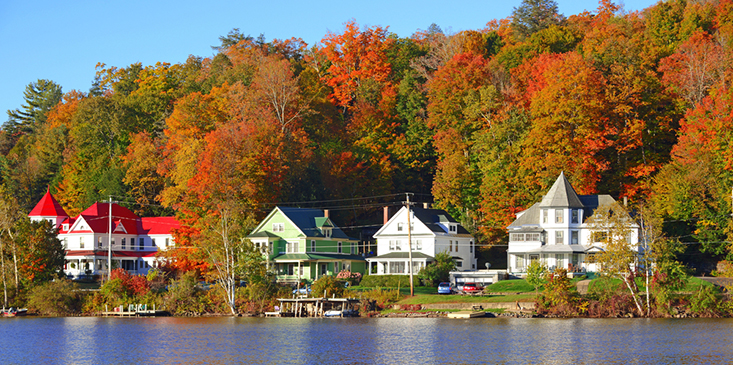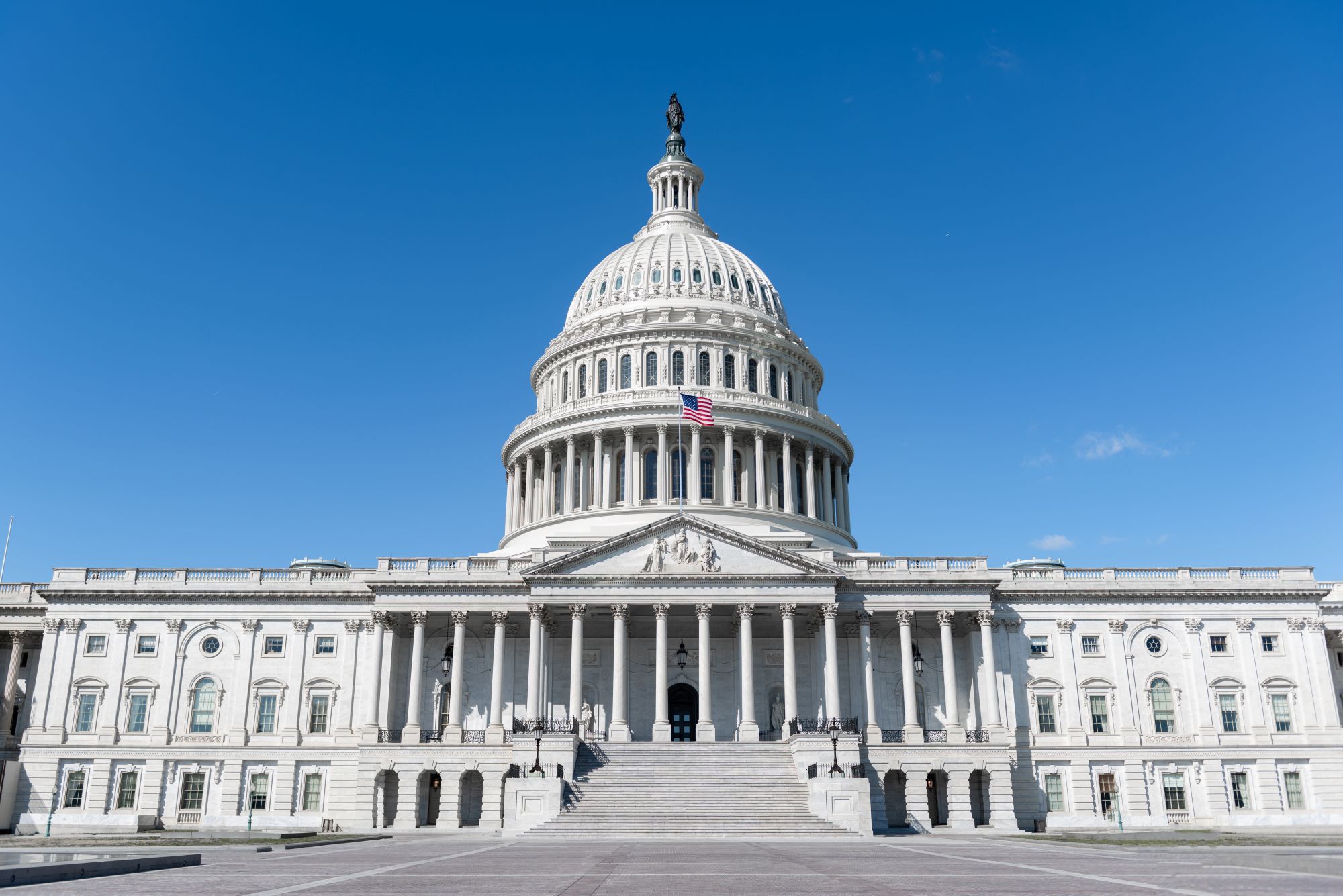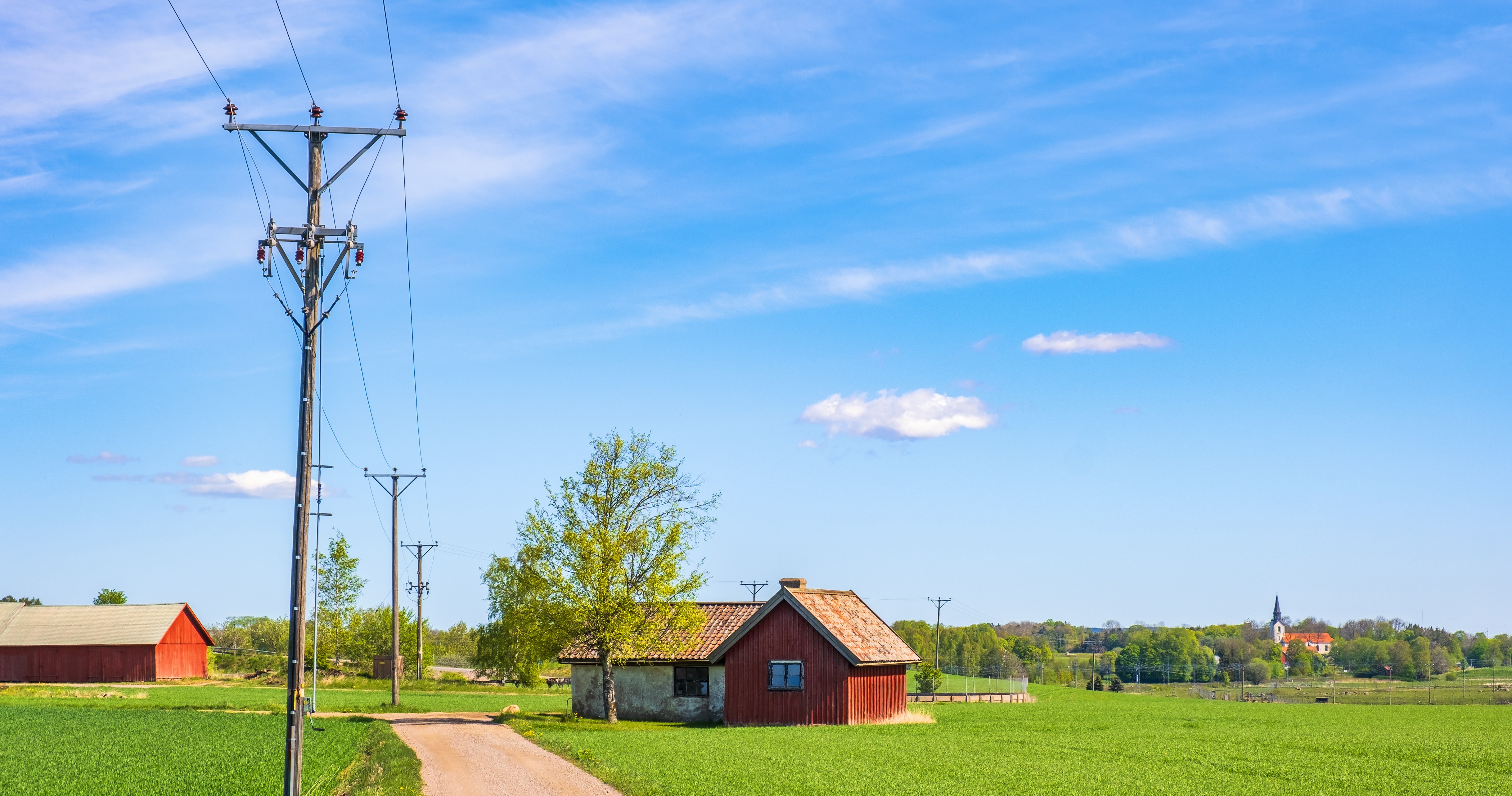6 Ways to Make a Vacation Home Energy-Efficient
Let's Save Energy
Alliance to Save Energy's Blog

Whether it’s located on the beach or in the mountains, having a vacation home can be a dream—and a budget-buster. One easy way to cut back on costs and feel more at peace when you’re away from your vacation home is to improve its energy efficiency.
1. Bring an Air Filter the Next Time You Visit
Clogged or dirty air filters not only agitate allergies and contaminate air quality, they also reduce your HVAC system’s efficiency, requiring your units to work harder. In an occupied home, it’s recommended to replace your air filters every three months; in a vacation home, just aim for every five to six months.
While reusable filters are a little more eco-friendly, stocking up on a disposable version ensures you don’t spend your vacation time cleaning a filter. It’s also a good idea to set a reminder on your phone so you don’t forget about the filter in the midst of your vacation fun.
2. Install a Smart Thermostat
If your vacation property is in a climate that gets hot in the summer or cold in the winter, you need a way to adjust the temperature remotely before you arrive—otherwise you could spend your first few hours sweating or shivering uncomfortably. Enter the smart thermostat.
Replace your outdated thermostat with a smarter version, like the ecobee3 or the Vivint Smart Thermostat, to get a good blend of efficiency and comfort. With seven-day programming, you can set your heat and air conditioning to turn on and off at certain times of day, and the remote control capabilities let you keep track of how often the system runs when you’re not at the house. What’s more, if you allow guests to stay in your house, you won’t have to worry about them leaving the heat on when they leave.
3. Pack Some Tools to Repair Holes and Gaps
Taking out your toolbox may not be on the agenda for your next vacation, but your wallet will thank you if you set aside some time to look for and repair holes. For a quick and inexpensive fix, seal gaps around pipes, recessed lights, vents, and chimneys with spray foam or caulk. This is especially helpful for vacation homes in cold climates, as it will keep your home warmer without the help of your heater.
4. Turn Down the Water Heater Thermostat Right Away
Before you jump in the shower to freshen up after the long car or plane ride to your vacation home, take a peek at the water heater. Most water heaters are preset to 140 degrees Fahrenheit, but the Energy Department recommends turning it down to 120 degrees for maximum energy efficiency. Along with saving money in standby heat losses, you’ll slow down mineral buildup and corrosion in the pipes so your water heater lasts longer.
If you don’t plan to return to your vacation home for several months, you may want to turn off the water heater entirely and shut off water supply valves to save additional energy and prevent water damage from burst pipes.
5. Use Smart and Efficient Lighting
For security reasons, many people like to leave on a few lights in their vacation home when they’re not there. Unfortunately, the standard home’s incandescent bulbs consume a lot of energy. If you can make a small investment into halogen incandescent bulbs, light-emitting diodes (LEDs), and compact fluorescent lamps, however, you won’t have to worry about energy any longer—these types of bulbs last up to twenty-five times longer than traditional incandescent bulbs and use up to 80% less energy.
To take your energy savings one step further, install a smart lighting system. With the Philips Hue, you can control your home’s lights remotely from a mobile app, check on their status, and set a schedule to ensure they aren’t left running constantly.
6. Turn Off and Unplug All Electronics Before Leaving
Even when powered down, many appliances and electronics continue to use energy. Nicknamed “energy vampires,” these appliances can waste more than $250 per year in electricity. Before leaving your vacation home, unplug all devices, including computers, televisions, game consoles, coffee makers, toasters, lamps, and microwaves.
Don’t want to disconnect everything individually? Consider using a smart power strip. Certain models even give you remote control to switch devices off if you forget to check before leaving.
Wasted energy use in a vacation home can add up—especially when you aren’t there every day to check on the property. Dedicate some time to audit your vacation home for wasted energy and implement some of these tips to improve its efficiency, lower your power bill, and enjoy your stay in comfort.
* This is a guest blog post. The views are those of the author and do not necessarily represent those of the Alliance to Save Energy.
STAY EMPOWERED
Help the Alliance advocate for policies to use energy more efficiently – supporting job creation, reduced emissions, and lower costs. Contact your member of Congress.
Energy efficiency is smart, nonpartisan, and practical. So are we. Our strength comes from an unparalleled group of Alliance Associates working collaboratively under the Alliance umbrella to pave the way for energy efficiency gains.
The power of efficiency is in your hands. Supporting the Alliance means supporting a vision for using energy more productively to achieve economic growth, a cleaner environment, and greater energy security, affordability, and reliability.



